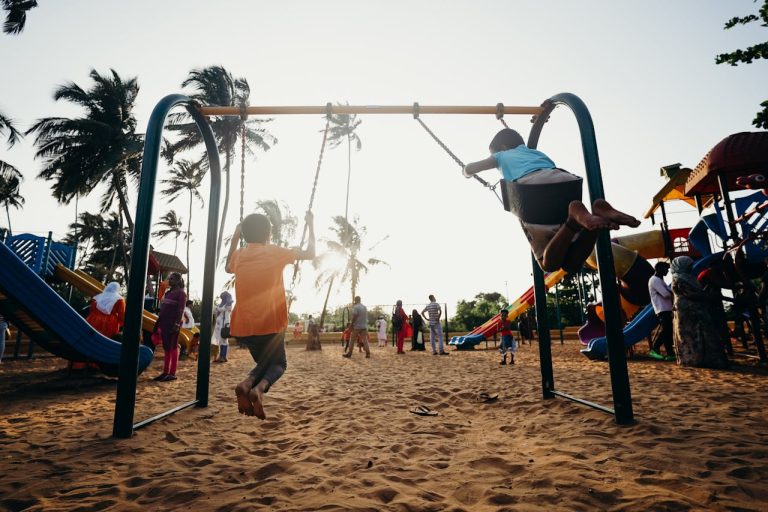In early August, the Department of the Interior announced the distribution of $325 million to increase access to the outdoors as part of the Biden-Harris administration’s America the Beautiful initiative. The initiative is intended to “restore, connect, and conserve” land, water, and wildlife through locally-led community projects.
The funding will be going to all 50 states, U.S. territories, and the District of Columbia from the Land and Water Conservation Fund Stateside Assistance Program. Here’s what to know about the program and how to localize the story to your community.
What is the LWCF?
The Land and Water Conservation Fund (LWCF) was established in 1964 to “safeguard our natural areas, water resources, and cultural heritage, and to provide recreation opportunities to all Americans.” What is most interesting about this fund is that it uses “zero taxpayer dollars” and is funded by “earnings from offshore oil and gas leasing.”
The Fund was permanently reauthorized in 2019 and the Great American Outdoors Act of 2020 ensured the program would be permanently funded for future generations.
What it funds
The fund has two general purposes: to support the purchase of federal land “for the benefit of the public” and to provide grants to individual states for local preservation and recreation projects.
The National Park Service administers funding for the state program that offers competitive grants to plan, develop, or acquire land, water, or facilities for outdoor recreation. The program will give up to 50% of a proposed project’s total cost, so long as the rest of the funding does not come from other federal funds. For example, if a city wanted to build a baseball field for public use, it could apply to have half of the funding come from the LWCF and the rest from city funds or a private donor.
These grants have been used to develop and improve public parks, build trailheads, protect historical and cultural sites, assist in natural conservation efforts, and implement green spaces in urban areas. To ensure the long-term impact of the funded areas, the program requires that all “grant-assisted areas are to remain forever available for “public outdoor recreation use,” or be replaced by lands of equal market value and recreation usefulness.”
Make it local
The LWCF has funded more than 46,000 projects since 1965 with at least one project in every county in the U.S. This means that there is a project in your community that exists because of this fund. Check out this map to find a project near you. You can also speak to your local government about what projects are currently being proposed in your area.
Here is one example of a recent business story that involved the LWCF: The city of Phoenix learned that it could not replace a portion of a local park with a farm-to-table restaurant and education center as it hoped, due to the funding for the park originating from the LWCF in 1971. Although the city had proposed replacing the land with an alternative land parcel, as of August 2023 that area was “no longer a viable option” and an update was expected by the end of that year. To this day, no update on the project has been given.







